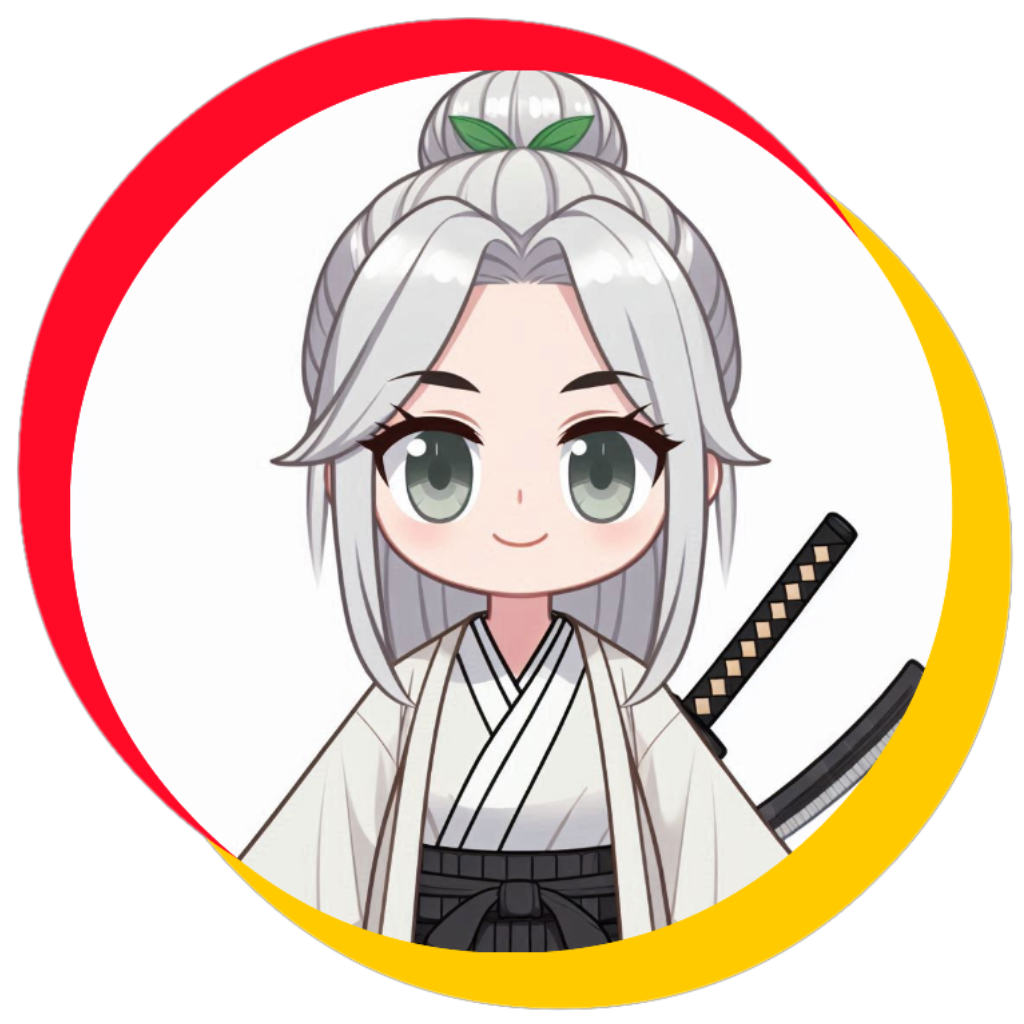Where music meets mindfulness: A journey from Kamakura to Nashville
During a recent visit to Nashville, Tennessee, I was reminded of how deeply interconnected our world can be, and how mindfulness often lives in the quiet spaces between cultures.
What many don’t realize is that Nashville, known for its vibrant music scene and Southern hospitality, shares a special bond with Kamakura, Japan, as official sister cities since 2014. Kamakura, a coastal town just south of Tokyo, is steeped in Zen Buddhist history, home to ancient temples, the iconic Great Buddha and a serene atmosphere that invites reflection.
This partnership between Nashville and Kamakura is more than symbolic. It’s a living, breathing exchange of culture, art, and understanding. From cherry blossom festivals to musical collaborations—including a visit by Grammy-winning bluegrass artist Alison Brown to Kamakura, the relationship has blossomed into a beautiful example of global friendship.
For me, Kamakura is more than a place on the map. It’s personal. My husband was born there, and I had the privilege of living just north of the city for many years. Those years shaped my understanding of mindfulness in profound ways. During that time, I would often accompany him to Engakuji temple, where we helped clean the family grave plot. Each visit was a quiet ritual, sweeping leaves, arranging flowers, lighting incense. I remember standing in awe, surrounded by centuries of history, feeling the weight and beauty of his family’s legacy. It was mindfulness in its purest form: reverence, presence, and gratitude.
In Nashville, I found echoes of that same spirit. Whether it was the gentle rhythm of live music or imagining a peaceful walk beneath blooming cherry blossoms, a gift of friendship from Japan, there was a shared reverence for beauty, connection, and intentional living.
This trip to Nashville was also special for another reason: I met up with a dear friend I’ve known since middle school, my pen pal, who helped me learn English all those years ago. Since moving to the U.S., we’ve been able to reconnect in person several times, and I’m so grateful for a friendship that has lasted nearly 40 years. Meeting up again reminded me how relationships, like mindfulness, are nurtured over time with care, patience, and presence.
Two unexpected discoveries deepened this sense of connection even further. At a quilting expo at the Frist Museum, I came across a quilt stitched by Japanese fourth graders held in a World War II relocation camp in Arizona. The delicate patterns and careful stitching told a story of resilience, creativity, and hope; an echo of Japan’s spirit in the most unlikely of places.
Later, at the National Museum of African American Music, I was surprised to find a koto and kimono once used by an artist in the early 1980s who found their greatest success by covering the iconic Japanese “Sukiyaki” song (Ue wo muite aruko by Kyu Sakamoto) It was a powerful reminder of how music transcends boundaries, weaving together histories and cultures in ways that are both unexpected and profound.
From the temple paths of Kamakura to the music-filled streets of Nashville, I was reminded that mindfulness isn’t bound by geography. It’s a way of being, one that transcends borders, languages, and time. Whether through the quiet tending of a family grave at Engakuji, the joyful reunion with a lifelong friend, or the discovery of Japanese threads in American art and music, these moments of stillness and connection are what ground us.


